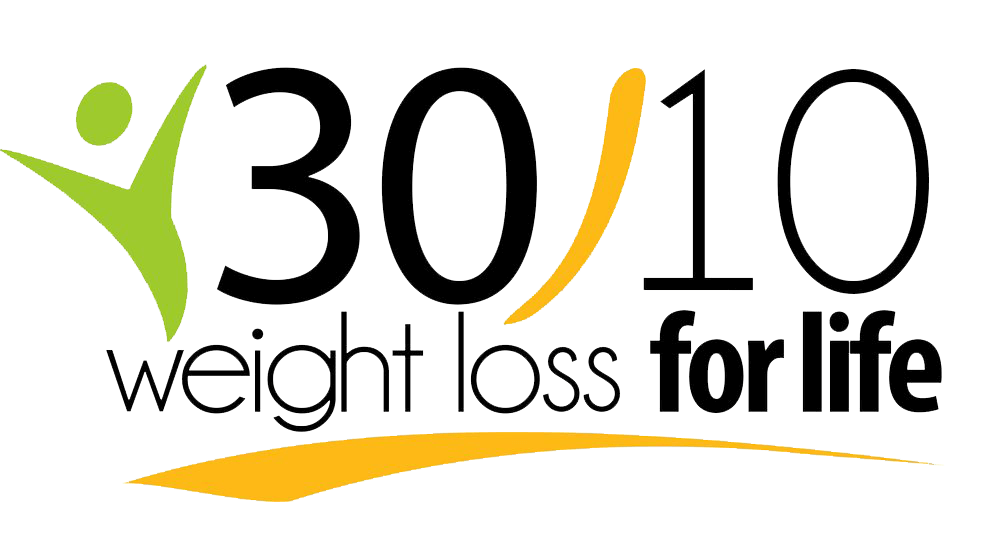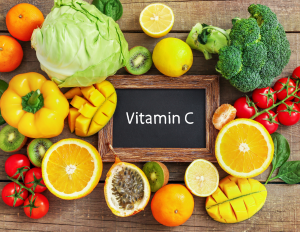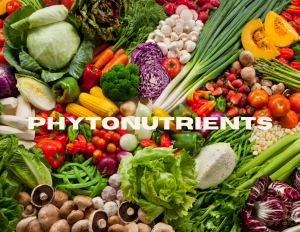Dietary fiber, the indigestible part of plant foods that is commonly found in fruits, vegetables, whole grains, and legumes, is important for our health and wellbeing. Fiber is a carbohydrate but depending on the type of fiber it is, our bodies may or may not be able to break it down into glucose.
Fiber can be found in two different forms, soluble and insoluble.
Soluble fiber
Is able to dissolve in water and forms a gel-like material. This type of fiber can be found in foods such as oatmeal, beans, chia seeds, and apples. Soluble fiber is the only fiber that our bodies can absorb calories from at 2 calories per gram.
Insoluble fiber
Cannot dissolve in water and promotes bowel movement in the digestive system. You can find insoluble fiber in whole wheat products, brown rice, leafy greens, and fruit and vegetables with edible skin like pears. Insoluble fiber is the only fiber that we cannot absorb any calories from so it is 0 calories per gram.
When looking at a food label, you will see that dietary fiber is listed under carbohydrates, and if there is a sufficient amount of fiber to carbohydrate ratio, you are able to determine the “net carb” of the food.

Example: On this food label it is listed that there is 45g of carbohydrates and 7g of dietary fiber. You will subtract the dietary fiber from carbohydrates and will get 39g of net carbs remaining. Out of the total carbs in the above example, your body will absorb the calories from the 39g of net carbs but the energy it takes to try and break down the 7g of fiber means you will not absorb calories from those 7g. *Unfortunately food labels do not specify whether fiber in a product is soluble or insoluble so just assume that the fiber is insoluble.*
Even though it has many health benefits, most Americans do not get enough fiber, averaging 15 grams of fiber a day when the recommended daily amount is 14g per every 1,000 calories consumed. As part of the latest food trend Americans now tend to avoid carbohydrates altogether rather than eating high fiber carbohydrates, which are also known as complex carbs. By eating a high processed food diet full of simple carbs (low fiber carbohydrates), fiber tends to be lost or removed as it is being processed, which makes it difficult to get an adequate amount of fiber.
By incorporating fiber in your diet, you can experience some, if not all, of these benefits!
- Lower blood sugar levels
By incorporating a high fiber diet, specifically soluble fiber, it can slow the body’s absorption of sugar, which can decrease blood sugar levels. Insoluble fiber can help prevent the risk of developing Type II Diabetes, due to eating nutrient dense foods that fiber is found in, such as cauliflower and broccoli, and reducing high glycemic, calorie-dense foods like white bread and pastries because it causes blood sugar levels to increase rapidly.
- Lowers blood cholesterol
Eating soluble fiber sources, such as oatmeal, can decrease cholesterol levels, and more specifically decrease the amount of low-density lipoprotein (LDL) cholesterol, known as the “bad” cholesterol. Along with lowering cholesterol, eating a sufficient amount of fiber can also decrease the risk of inflammation and lower blood pressure!
- Keeps your bowels in check
Insoluble fiber can decrease constipation and can help keep you regular! Fiber pulls water into the colon, which promotes softer stool. It also increases the bulk and decreases the speed of which we digest our food. High-fiber diets can also decrease the risk of developing hemorrhoids and colorectal cancer.
- Can help maintain a healthy weight
Replacing low-fiber foods with high-fiber foods not only keeps you full longer, they are also volumetric foods, meaning eating fewer calories with the volume of food being the same, if not greater.
- Increases longevity
By improving your overall health through eating enough fiber, you increase your longevity by decreasing risk of some cancers and Type II Diabetes. Make sure you eat your whole grains and fresh fruits and vegetables!
Now that you know why you should increase your fiber intake, here are some tips on how you can incorporate fiber easily into your diet!
- Eat your vegetables! Juicing veggies may make it easier for you to get them in, but you lose all of the fiber that you normally would get from just eating them. Try and aim for 4+ cups of vegetables a day.
- Snack on raw veggies and whole grain items to keep you full between meals.
- Add whole grains into your diet, and aim for one serving at each meal.
- Try chia seeds! They are a great source of fiber and can be added into a protein shake, or added into your oatmeal.
- Start your day with at least 10 grams of fiber, and try to get 25-30 grams total a day which would equal 10g at each major meal.
30/10 Weight Loss for Life is a comprehensive weight loss program that can help you achieve your goals and weight loss success! Get started with 30/10 Weight Loss for Life by visiting any 30/10 location or call us at (855)-937-3010!




